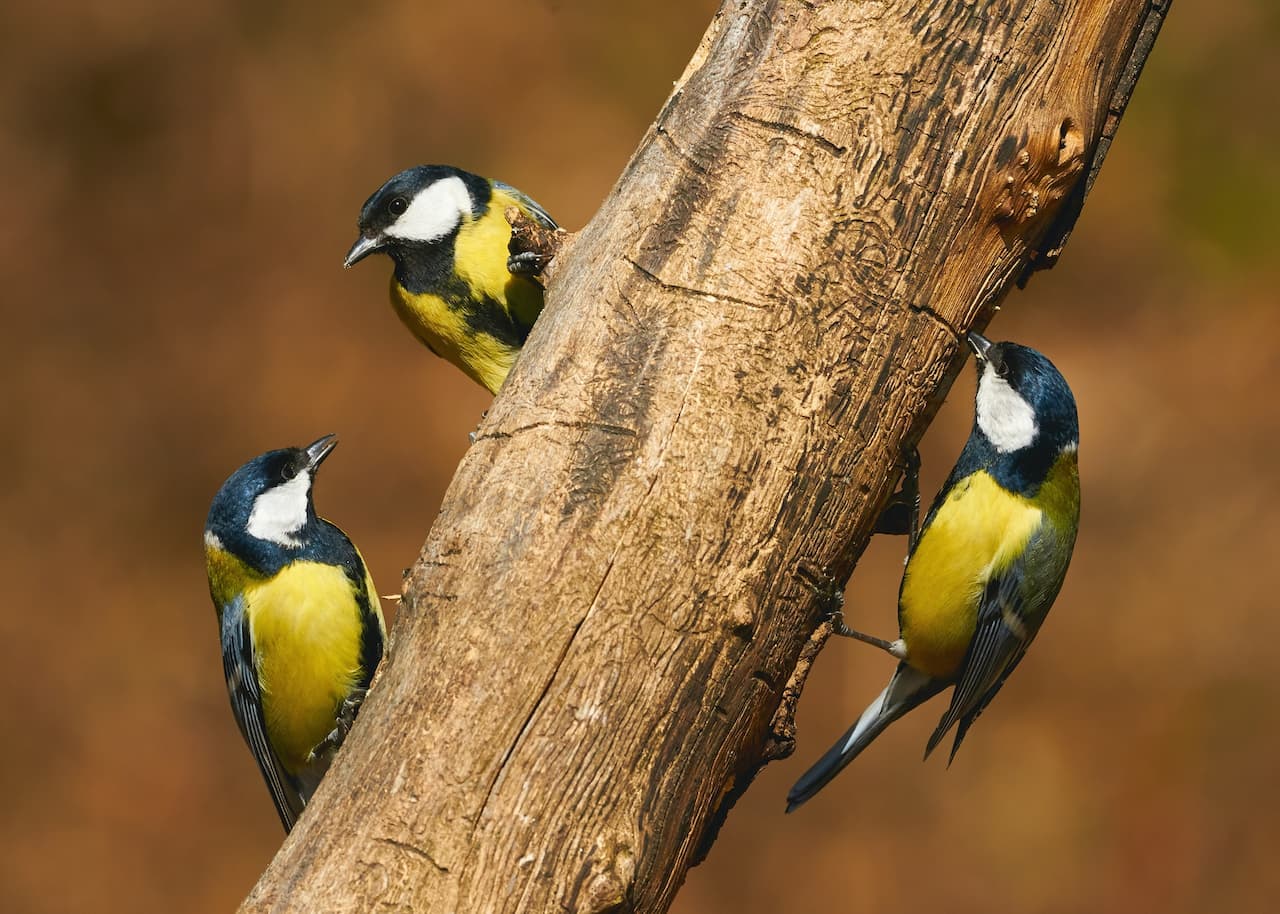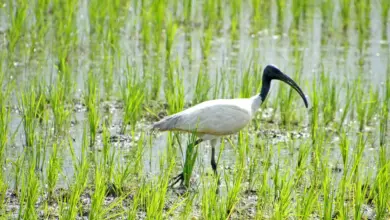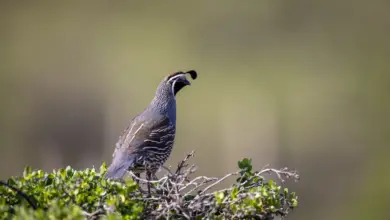Mangrove Black Hawks
Mangrove Black Hawks
The Mangrove Black Hawks, Buteogallus anthracinus subtilis, is a bird of prey in the family Accipitridae.
Traditionally treated as a distinct species, recent evidence strongly suggests it should be considered a subspecies of the Common Black Hawk (Buteogallus anthracinus).
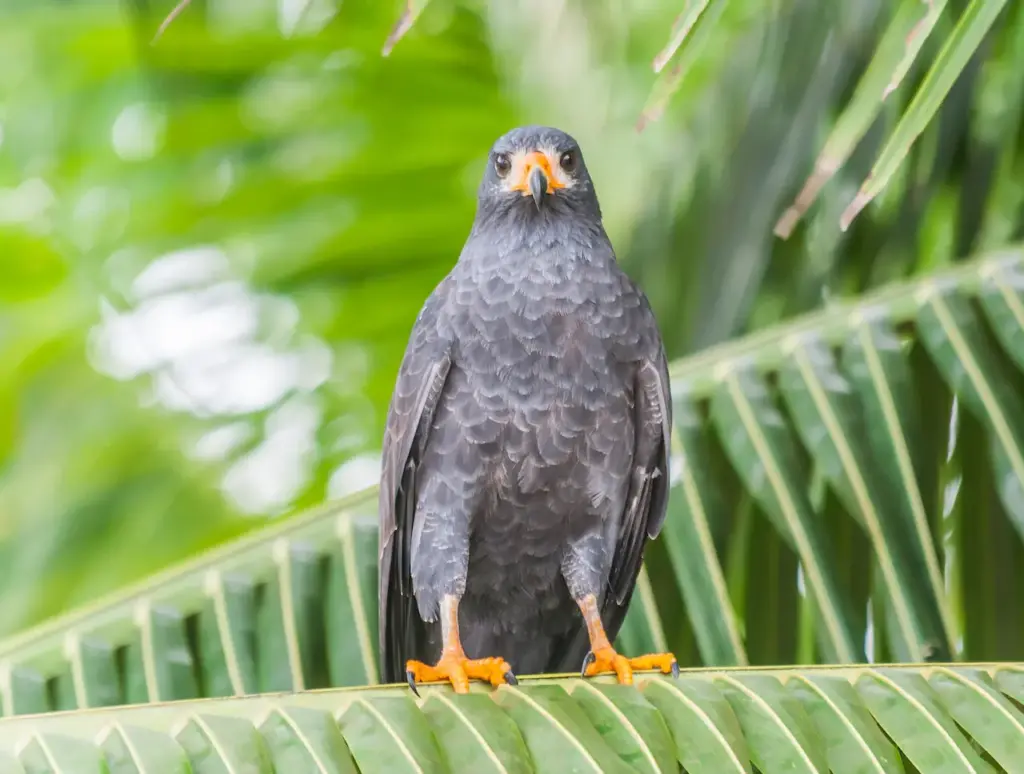
Distribution / Range
The Mangrove Black Hawks is a resident breeding bird in the Neotropics from eastern Panama, through western Colombia and Ecuador, to far north-western Peru.
Previously, it was incorrectly believed to occur as far north as Mexico, but all individuals from western Panama and northwards are nominated Common Black Hawk.
Breeding / Nesting
This is a mainly coastal bird of Pacific mangrove swamps, estuaries, and adjacent dry open woodland, which builds a large stick nest in a mangrove tree, and usually lays one dark-blotched whitish egg.
This species is often seen soaring, with occasional lazy flaps, and has a talon-touching aerial courtship display.
Description
The adult Mangrove Black Hawk is 43–53 cm long and weighs around 930 g.
It has very broad wings and is mainly black with a brownish cast to the upper wings. The short tail is black with a single broad white band and a white tip. The bill is black and the legs and cere are yellow.
Males and females look alike, but immature birds are dark brown above with spotting and streaks. Their underparts are buff to whitish with dark blotches, and the tail has several black and white bars.
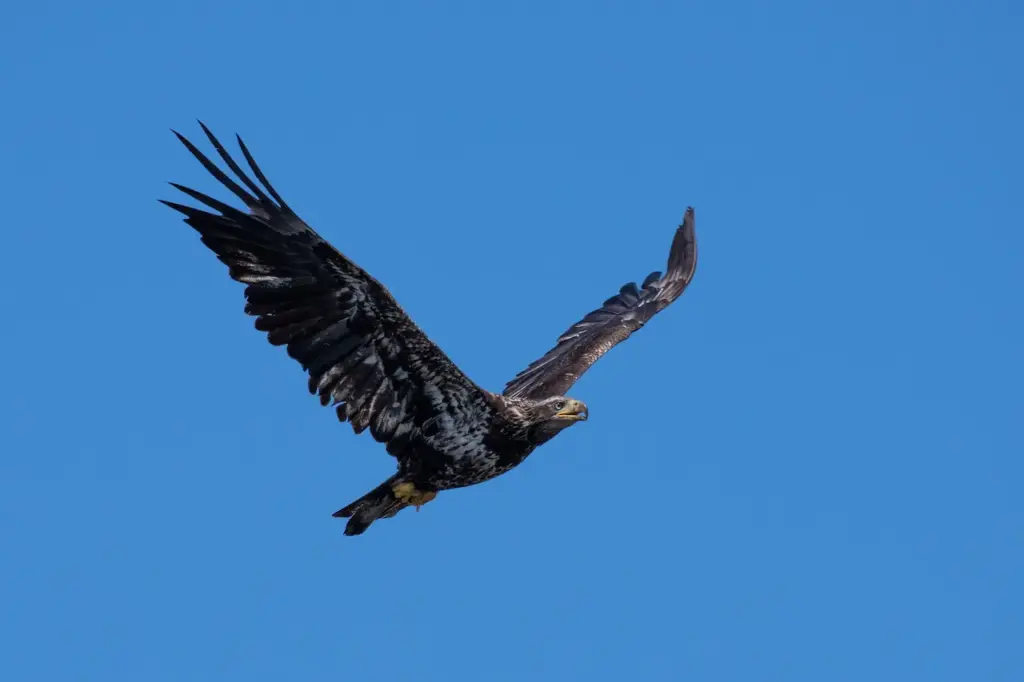
Diet / Feeding
The Mangrove Black Hawk feeds mainly on crabs, but will also take small vertebrates and eggs.
Calls / Vocalizations
The call of the Mangrove Black Hawk is a distinctive piping spink-speenk-speenk-spink-spink-spink.

